
Klokkenstoel
Nijeholtwolde, NL
The bell chair is located at the small cemetery in Nijeholtwolde.
Here you can search for a building to visit. You can use the map find destinations, or you can use the filters to search for a building based upon what different criteria.

Nijeholtwolde, NL
The bell chair is located at the small cemetery in Nijeholtwolde.
Noordscheschut, NL
This church is listed as a Province Monument of the Netherlands.

Sybrandahus, NL
This one-aisled church was built around 1300 in Romano style, presumably as a chapel of the neighboring state, now a farm. In the choir of the church is the burial cellar of the Tjaerda family of Starkenborch.
Grave, NL
Dutch Reformed Church. Originally church of the Beguinage Maria Graf, from 1581 church of the Franciscan monastery, later Walloon church, now Dutch Reformed Church. Built around 1500 in brick and consisting of a nave with a three-sided choir closure, a polygonal brick staircase tower on the northwest corner. Originally vaulted internally, now covered by a flat stucco ceiling. Oak pulpit from around 1650, two-armed copper candlesticks (18th century) on the organ gallery. Single-manual organ with attached pedal, made in 1806 by J. Tits using older material. Bell frame with bell by anonymous founder, 1550, diam. 49 cm. House with saddle roof, the ridge of which is parallel to the plastered façade, which bears a cornice with triglyphs and has a simple early 19th century entrance surround. The roof dates from the second half of the 17th century. The house belonged to the Beguinage, called Maria Graf, founded in the 13th century, turned into a Franciscan monastery in 1581 and the path confiscated in 1802. The current Reformed Church and Bagijnenstraat 5 also belong to the original Beguinage. No. 1a-3 was originally the rector's residence. House from the middle of the 16th century with saddle roof (hipped on the west side) and façade with early 19th century embossed plasterwork and simultaneous entrance surround (with fanlight in which a diamond motif of segmental rods). Internal Gothic key pieces, staircase, kitchen and fireplaces from around 1800. This house was part of the Beguinage, later, until 1802, a monastery house of the Franciscan Sisters, then a minister's residence.
s-Gravenhage, NL
Monastery church, originally a church of the Dominican monastery - main nave and choir from around 1400, southern aisle added early 16th century. Mechanical tower clock, made by Huyck Hopcoper in 1620. Facade clock, Eijsbouts.
Sibculo, NL
Reconstruction church. The roof turret disappeared at some point.

Thesinge, NL
The beautiful and intriguing remnants of what was once a double monastery dedicated to Holy Felicitas can still be seen, in the remaining hall church with a semi-circular choir. From the foundation in the 13th century the church was used by the brothers and sisters of the Benedictine monastery Germania.
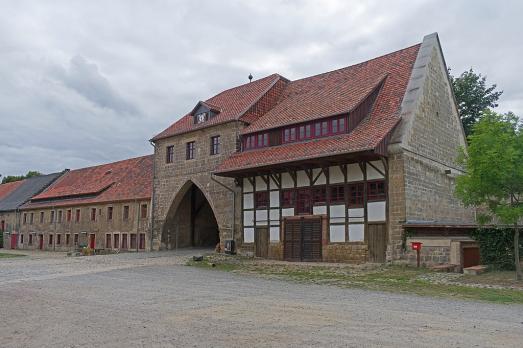
Halberstadt, DE
The monastery of St. Burchardi (Kloster Burchardi) is a former Benedictine monastery transformed into a space for social projects, cultural offers and encounter.
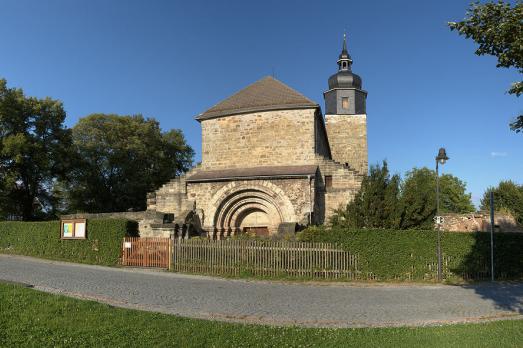
Bürgel, DE
The Bürgel Monastery is a former Benedictine abbey with a Romanesque church, founded in the 12th century, in 1133. The monastery was reformed in 1510 due to a decline in religious practices and poor management and was dissolved in 1526 under the influence of the Reformation. The monastery buildings were partly demolished, partly used for economic purposes, and the church partly fell into ruin. In the 19th and 20th centuries, the church was rebuilt and belongs to the local Protestant parish.
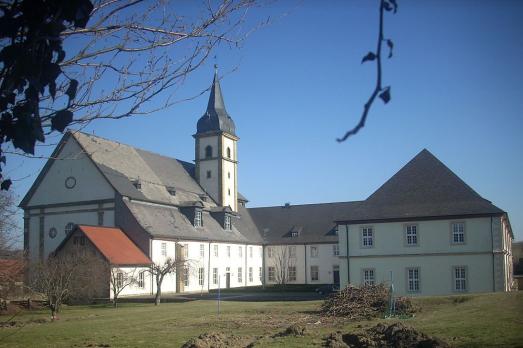
Goslar, DE
The monastery is a former Augustinian Monastery, known for its Baroque was begun in 1701. Its collegiate church of St George was built between 1711 and 1714.
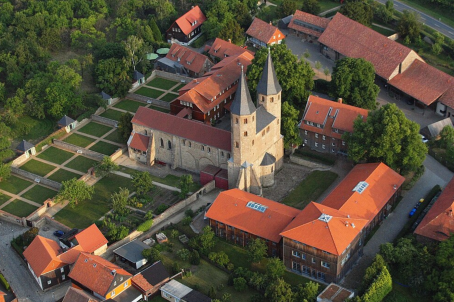
new
Nestled amidst the serene landscapes of the Harz region, lies a hidden gem for nature enthusiasts and history buffs alike - the Harz Monastery Hiking Trail. Lace up your hiking boots and embark on this captivating adventure that will transport you back in time.
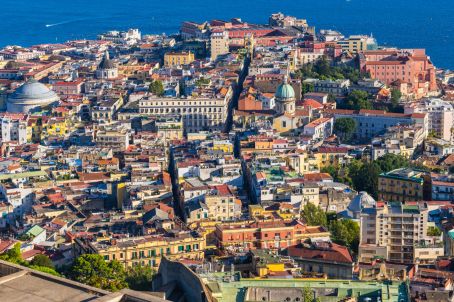
The Holy Mile (Miglio Sacro) of Naples is a one-mile-long itinerary, through sacred places linked to the city's patron saint, San Gennaro, in the Rione Sanità district. Discover the city from a new perspective with this unique walking tour.
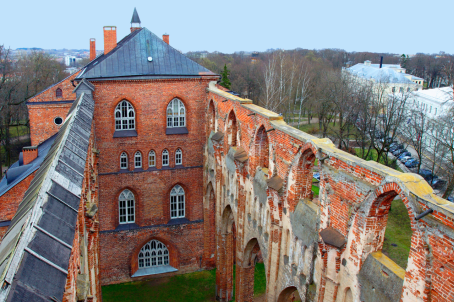
As a university city, cultural offerings abound in Tartu and will reach their peak after being designated one of three European Capitals of Culture for 2024. In this list, we've compiled the most interesting sacred places to visit in and around the old town.